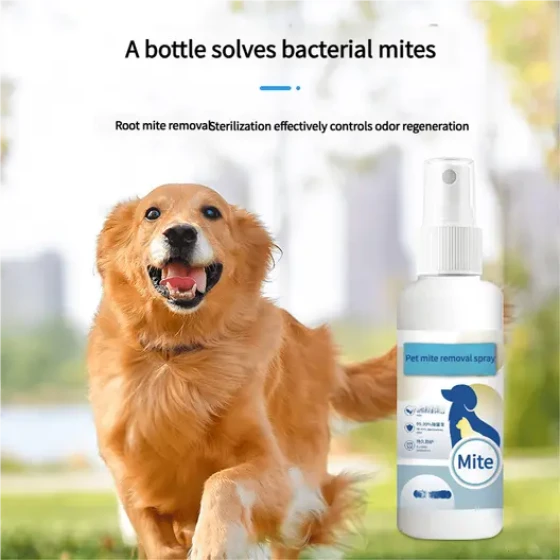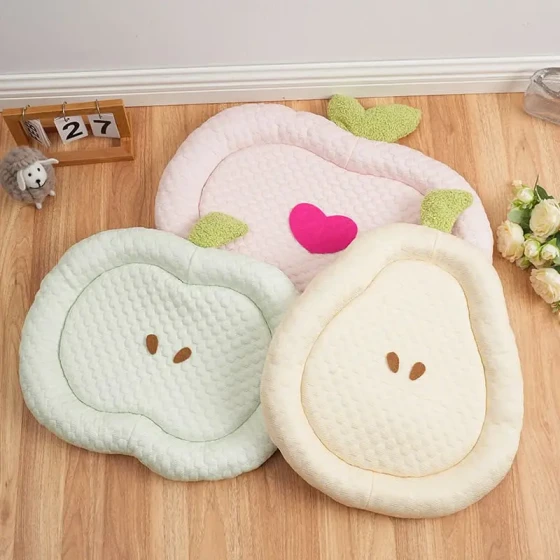How to Choose a Shetland Sheepdog? Shetland Sheepdog Selection Tips
Shetland Sheepdogs have very good temperaments, magnificent coats, and beautiful colors. They are relatively easy to train and learn quickly. Many people preparing to raise Shetland Sheepdogs are asking how to choose a Shetland Sheepdog? Shetland Sheepdog selection tips. The editor has gathered related information for your reference.

Shetland Sheepdog (Detailed Introduction)
Before choosing a Shetland Sheepdog, first determine the purpose of raising the dog: guarding, companionship, herding, competition, hunting, or breeding for economic purposes. This requires considering the Shetland Sheepdog breed, individual size, and gender.
2. Choosing a male or female Shetland Sheepdog. Regarding intelligence, emotions, loyalty, and temperament, male and female Shetland Sheepdogs have no big differences. Generally speaking, training a male Shetland Sheepdog requires more patience, but males are easier to raise and more understanding of humans, thus more commonly kept. Female Shetland Sheepdogs have gentle temperaments and are easy to raise. If they are good breeds, they can produce puppies and bring economic benefits.

Shetland Sheepdog (Detailed Introduction)
3. Size of the living space: Households with yards can consider raising large or medium-sized breeds. Not only can Shetland Sheepdogs have space to move around, but they can also serve as guards. In apartment buildings, it is better to raise small, quieter breeds.
4. Time availability of the owner: Long-haired breeds must have their coat frequently trimmed and groomed, requiring time and patience from the owner. Short-haired breeds require less time for care.
5. Financial situation of the owner: Purebred dogs are expensive, but breeding and selling puppies can bring economic benefits; mixed breeds are cheaper and can also meet purposes as companion or guard dogs.

Shetland Sheepdog (Detailed Introduction)
When choosing a Shetland Sheepdog, pay attention to whether the dog has a good mental state, healthy appetite, and check the overall coat condition. It's best to push from back to front; there should be no dandruff or parasites at the hair roots, no millet-like red dots on the skin, no patchy red rashes, no large-scale hair loss, or other abnormalities. The nose should be moist, cool, with no secretions, and the sense of smell normal. Hearing should be normal, ears free of odor or sticky deposits, and the mouth free of foamy secretions. Healthy dog teeth should be white, and gums should be pink.



